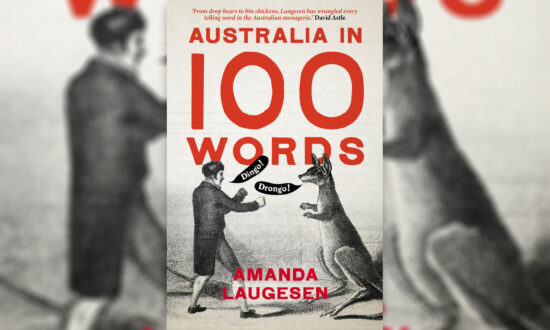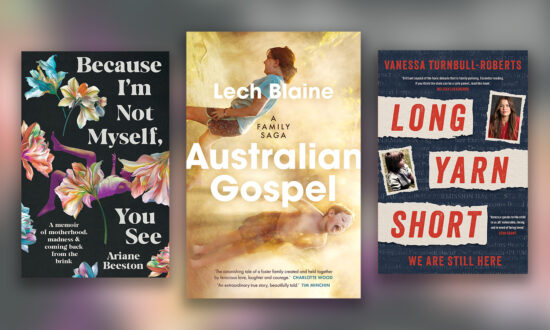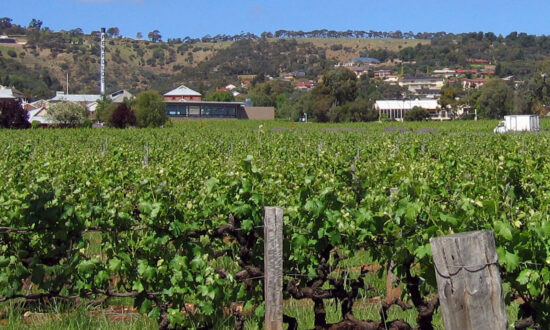Ember and the Island of Lost Creatures follows the adventures of a young and very tiny child seeking a place to fit in, quite literally.
Ember is not just small for a human. Ember is small compared to most leaves, rocks and birds. This is depicted when Ember is jumping from leaf to leaf to get a look at a suburban school filled with ‘giants’ and he ends up being quizzed by a spider three times his size. An errant cannon of a basketball, shrapnel from the giant’s world, slams into the canopy that Ember is spying from and sends Ember flying, holding the leaf that he was just standing on and using it as a parachute to glide safely into the world below. It is from here that Ember’s journey into the unknown begins.
Ember’s luck in this ‘world too big for him’ changes when he comes across a sea turtle called Lua who kindly escorts him across the ocean to a school for smaller creatures on a fantastical island. Lua imparts wisdom and a sense of belonging that Ember has never had and so becomes a much needed role model for Ember along their journey.
It is here that Ember learns that even in a school that is built for creatures his size, things are not going to be as easy as he expected and it’s not going to be so easy to fit in.
Hurtful slights from classmates picking on the new kid and an austere teacher called Mr Cultivar, along with windy storms, dangerous cave explorations and a strange creature from the depths, all inhibit Ember from finding his place in the world and a comfortable place within himself. However, friendship and a sense of belonging can come from the strangest of places.
The art style of Ember and the Island of Lost Creatures is a wonder to behold, in particular the depth of lush colour and the combination of anime-esque character designs. The profound organic representations of the micro as the macro shows a world that is visually begging to be engaged with. In some of the landscape design, one can see hints of Pamment’s childhood memories of holidaying in the Yorke Peninsula, where jagged shorelines meet pristine beaches and where bountiful flora rolls into the sea.
The framing of panels are quite well paced and easy to follow, which can be one of the main problems in this art form. The use of different shapes and graphic boldness regarding these sections are incredibly effective in their simplicity, with the use of fluffy, cloudy swirls to frame the dreams that Ember is experiencing, being particularly engaging.
The onomatopoeia used is perfectly on point, with the sounds ‘ploop’, ‘plonk’ and ‘plink’ mocking Ember in panels as he sits through a vicious storm that has torn through his makeshift sleeping quarters, a toy boat that has crashed onto the shore of the island.
Jason Pamment has crafted a beautiful fantasy world grounded in the micro that surrounds us all, yet reflects the bigger issues that we all face – feelings of isolation, the search for self-worth, loneliness.
This was one of the most engaging aspects of Ember and the Island of Lost Creatures. The feelings of being too small in a world that is too big and the difficulties of connection and sincerity that still exist in a world where it seems everyone is putting on a face or a show, usually due to their own insecurities, are very real.

Get InReview in your inbox – free each Saturday. Local arts and culture – covered.
Thanks for signing up to the InReview newsletter.
It is through the deftly woven exploration of these themes and the awe-filled visuals of this fantasy island that Jason Pamment has created, that makes this a must-read graphic novel for anyone who has ever felt out of place in this big, scary world.
Ember and the Island of Lost Creatures, Allen & Unwin, $19.99 RRP
Support local arts journalism
Your support will help us continue the important work of InReview in publishing free professional journalism that celebrates, interrogates and amplifies arts and culture in South Australia.
Donate Here




